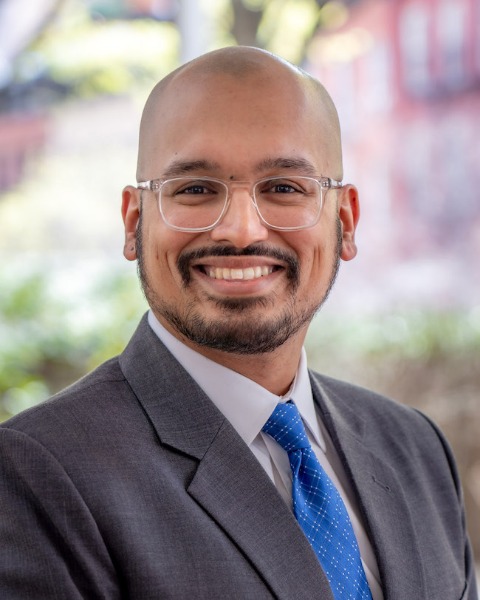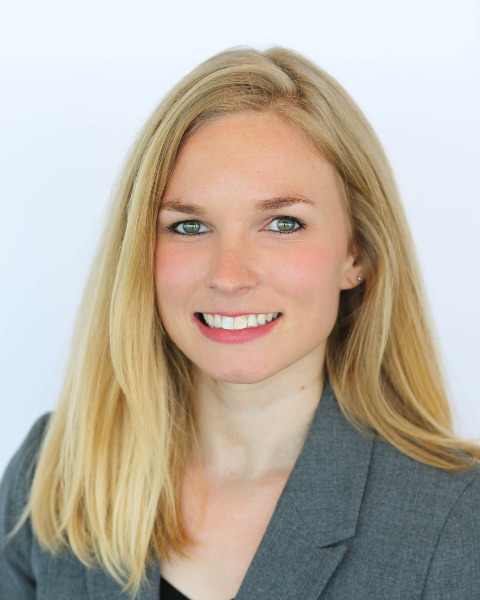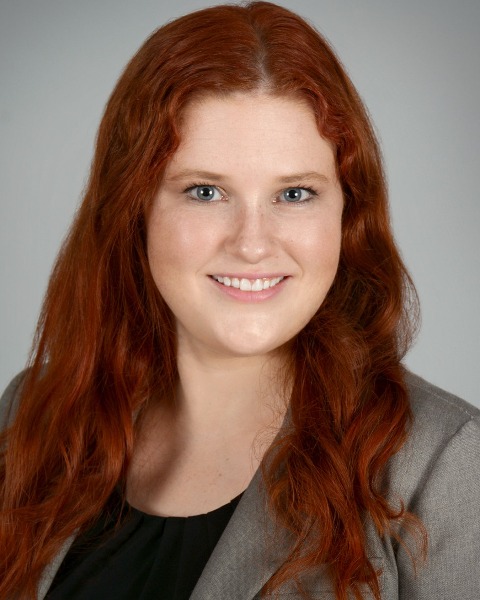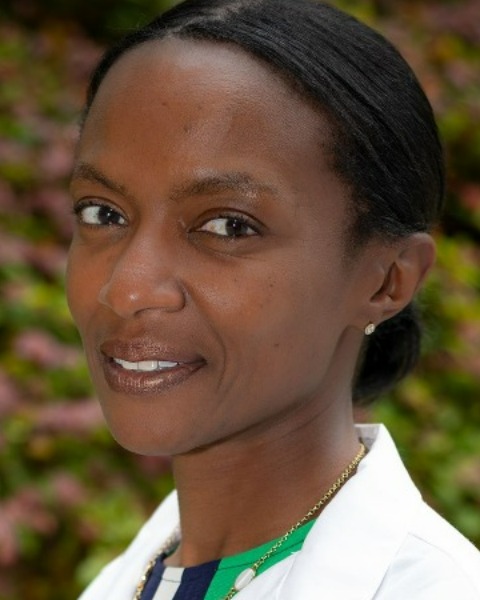Poster Session 2
(566) Oral Presentation Conversion to Manuscript Publication Among Obstetrics and Gynecology Subspecialty Meetings

Minhazur R. Sarker, MD (he/him/his)
Fellow
University of California, San Diego
San Diego, California, United States- MP
Maha Pasha, BA, BS
N/A
San Diego, California, United States 
Dana R. Canfield, MD
Maternal Fetal Medicine Fellow
UC San Diego Health
San Diego, CA, United States- BT
Blair Thompson, BS
University of California San Diego
San Diego, California, United States - DH
Dylan Hutson
University of California San Diego
San Diego, California, United States - MK
Megan King
University of California San Diego
San Diego, California, United States - HR
Harriet Rothschild, MD
University of California San Diego
San Diego, California, United States 
Rachel L. Wiley, MD, MPH (she/her/hers)
MFM Fellow
University of California, San Diego
San Diego, California, United States- GR
Gladys (Sandy) A. Ramos, MD
Attending Physician
University of California, San Diego
San Diego, California, United States 
Cynthia Gyamfi-Bannerman, MD, MS (she/her/hers)
Professor and Chair
University of California, San Diego
San Diego, California, United States
Submitting Author and Presenting Author(s)
Coauthor(s)
We aimed to evaluate the oral presentation to full manuscript conversion rate of Obstetrics and Gynecology subspecialty meetings.
Study Design:
We evaluated the 2019 meeting supplements from four subspecialty societies: 1) Society for Maternal-Fetal Medicine (SMFM), 2) Society of Gynecologic Oncology (SGO), 3) American Urogynecologic Society (AUGS), and 4) American Society for Reproductive Medicine (ASRM). Abstracts awarded an oral presentation were included and queried on PubMed using a multimodal method incorporating abstract keywords and first and last author’s names to determine publication status. An abstract was classified as a published manuscript if the first author of the meeting abstract was credited in the final publication. The primary outcome was publication status. Secondary outcomes included first author consistency, manuscript journal impact factor, and time to publication. All analyses were performed on STATA IC 15.1 with Chi-square, ANOVA, and Kruskal-Wallis to determine statistical significance at a p-value < 0.05.
Results:
There were differences in the proportion of abstracts presented as oral presentations with SMFM 109/1059 (10.3%), SGO 42/629 (6.7%), AUGS 153/704 (21.4%), and ASRM 276/1099 (25.1) (p-value < 0.01, Table 1). SMFM and SGO had a greater proportion of randomized controlled trials and SMFM had the greatest proportion of basic science studies. Among oral presentations, the publication rate was greatest for SGO (78.6%) and SMFM (74.3%), lower in AUGS (66.7%), and lowest in ASRM (51.1%) (p-value < 0.01, Figure 1). Among published manuscripts, SMFM had the highest median impact factor and quickest median time to publication (p-value < 0.01, Table 1). There were no differences noted in first author consistency (Table 1).
Conclusion:
We found that the societies with the lowest proportion of oral presentations had the highest publication rate. More importantly, 21-49% of all oral presentations at subspecialty meetings are unpublished suggesting the need to improve the mechanism for or access by which highly regarded research translates to publication.

